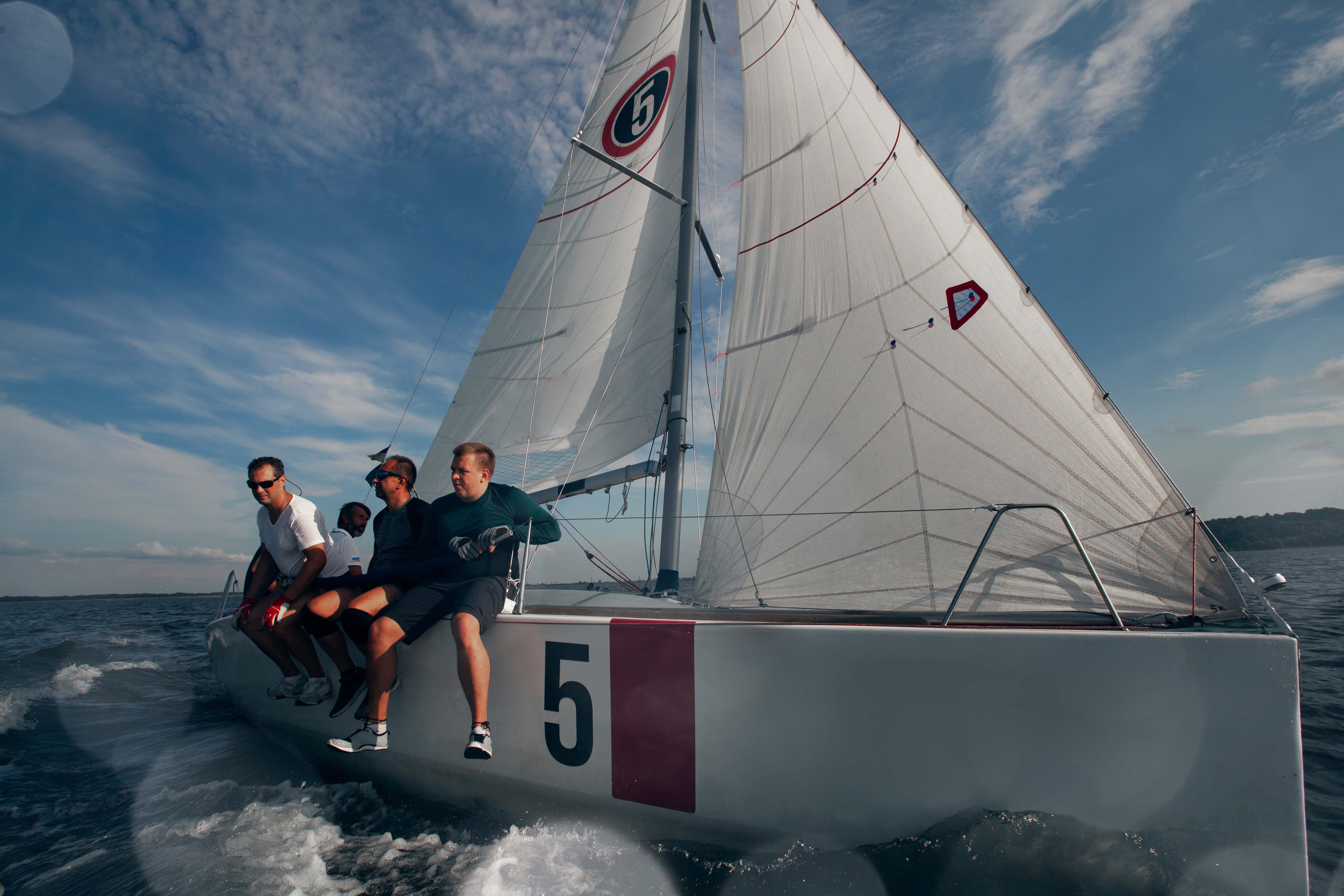Navigating Strength: Building Resilience Through Competitive Sailing Experiences

Competitive sailing demands far more than physical strength; it requires mental stamina, adaptability, and precise coordination. Sailors must navigate shifting winds, unpredictable waves, and sudden weather changes, often under high-pressure conditions. These challenges push participants to their limits, forcing them to remain calm and resourceful even when circumstances feel overwhelming. Consequently, sailing naturally builds resilience by testing individuals in ways that other sports may not.
In addition, sailing places athletes in confrontation with nature’s unpredictability. While training can prepare them for specific scenarios, the sea often delivers surprises that require immediate solutions. This constant state of uncertainty strengthens problem-solving skills and encourages sailors to adopt a flexible approach. In turn, these experiences foster resilience that extends well beyond the competition itself.
Learning from Adversity on the Water
Every sailor eventually encounters setbacks, whether through equipment failure, tactical mistakes, or unexpected storms. These moments provide valuable opportunities to learn from adversity. Instead of viewing setbacks as failures, sailors recognize them as stepping stones toward improvement. Each challenge forces them to reevaluate their strategies and sharpen their decision-making. Over time, this mindset creates a stronger, more resilient competitor.
Moreover, sailing teaches athletes that perseverance is essential for success. Races may last hours, and unfavorable conditions can test patience and determination. However, pushing forward despite fatigue or frustration builds resilience in ways that easy victories never could. By confronting and overcoming difficulties on the water, sailors gain the confidence to face challenges in other areas of life.
The Role of Teamwork in Resilience
Although some sailing races involve individuals, many competitions require seamless teamwork. Crew members must trust each other’s judgment, synchronize their movements, and communicate under pressure. A breakdown in cooperation can cost precious time or even compromise safety. Thus, resilience is not only about personal endurance but also about building collective strength.
Team sailing also fosters accountability and shared responsibility. When mistakes occur, the team must move past blame and instead focus on solutions. This dynamic encourages sailors to remain adaptable and supportive, even in tense situations. The resilience developed through teamwork enhances relationships both on and off the water, teaching individuals the value of unity in achieving goals.
Building Mental Toughness Through Strategy
Competitive sailing involves constant strategic decision-making. Sailors must interpret wind shifts, read competitors’ movements, and anticipate changes in the environment. Each decision carries weight, and hesitation can mean the difference between victory and defeat. This environment develops mental toughness by demanding clarity under pressure.
Furthermore, strategy in sailing requires patience and long-term thinking. Quick wins may seem tempting, but sustainable success often comes from measured, thoughtful decisions. By practicing restraint and focusing on the bigger picture, sailors cultivate resilience that allows them to withstand setbacks without losing sight of their goals. This skill translates directly into professional and personal life, where patience often leads to greater rewards.
Physical Endurance and Resilience
While the mental side of sailing is critical, the physical demands are equally significant. Sailors endure long hours of exertion, often battling strong winds and rough waters. Maintaining balance, adjusting sails, and steering under pressure require endurance and strength. By pushing their bodies in challenging conditions, sailors develop resilience that enhances both their physical and mental performance.
Physical resilience also comes from preparation and conditioning. Training regimens include strength exercises, cardiovascular workouts, and flexibility drills designed to prepare athletes for the rigors of competition. Even so, no amount of preparation can fully replicate the unpredictability of live racing. Therefore, each event reinforces the sailor’s ability to adapt physically and mentally, proving that resilience develops through both effort and experience.
The Emotional Rewards of Overcoming Challenges
Sailing’s difficulties bring emotional rewards that reinforce resilience. Completing a demanding race, surviving a storm, or mastering a new technique delivers a deep sense of accomplishment. These achievements build confidence that carries over into daily life, creating a mindset that welcomes challenges rather than fearing them. Overcoming obstacles provides proof of one’s strength, which strengthens resilience further.
At the same time, the sport fosters humility. Nature remains an uncontrollable force, reminding sailors that not every outcome is within their control. Learning to accept setbacks gracefully while celebrating progress creates emotional balance. This perspective allows sailors to remain resilient, knowing that success lies not only in winning but also in enduring and learning from the journey.
Applying Sailing Lessons Beyond the Sea
The resilience developed in competitive sailing extends well beyond the sport itself. In professional settings, sailors draw upon their experiences to handle workplace pressures with greater calm and adaptability. The ability to make decisions under uncertainty and maintain focus during long projects mirrors the demands faced at sea. These transferable skills enhance leadership, teamwork, and problem-solving in any career.
On a personal level, sailing builds a foundation for coping with life’s inevitable challenges. The resilience gained through navigating storms, both literal and metaphorical, equips individuals to manage stress, setbacks, and uncertainty. This strength empowers them to pursue ambitious goals with confidence, knowing they can endure difficulties along the way. Sailing thus becomes not only a sport but also a lifelong teacher of resilience.
Resilience as the True Victory
Competitive sailing offers more than trophies or accolades; it provides lasting lessons in resilience. Each race, whether triumphant or challenging, teaches sailors to adapt, persevere, and thrive under pressure. By blending physical endurance, mental toughness, teamwork, and emotional growth, the sport develops resilience that benefits every area of life.
Ultimately, resilience becomes the true victory of sailing. The lessons learned on the water remain long after the sails are lowered, guiding sailors through both professional and personal challenges. In this way, competitive sailing does more than test skill—it shapes individuals into stronger, more resilient versions of themselves, prepared to face whatever storms life brings.
Additional Information
- Blog
- mental stamina, physical endurancephysical endurance, Team sailing
- Jim Feldkamp